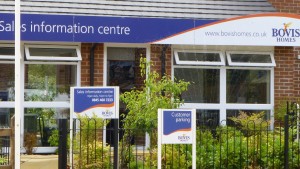This week five national plc house builder’s reported record profit rises as they cash in on the state sponsored Help to Buy feeding frenzy. According to recent figures from the DCLG , 89% of the Help to Buy loans have gone to first-time buyers since the scheme began in April 2013. With an apparently never ending stream of undiscerning, naive first timers flocking to builder’s sales offices, buying whatever is available, what incentive do house builders have to improve quality of the homes they build?
 You also have to question why the government is currently advertising it’s Help to Buy scheme on national television, when the figures released by these major national builders during this week demonstrate that this advertising is totally unnecessary.
You also have to question why the government is currently advertising it’s Help to Buy scheme on national television, when the figures released by these major national builders during this week demonstrate that this advertising is totally unnecessary.
Greed is good and greed is back, as both builder CEOs and their shareholders receive payouts from the excessive profits generated from the government’s Help to Buy subsidy. New Home Blog saw this coming!
Builder’s report record profit increases – but not improving quality!
Here we go again: “Profitability, Cash generation, Completions, Average selling prices, Earnings per share, Land banking, Trading outlook” yada-yada! The only house builder to make any meaningful statement regarding a commitment to improving quality and customer service was Barratt, with reference to their consistent HBF “customer satisfaction” 5-Star rating and their record 102 NHBC quality awards in 2013.







